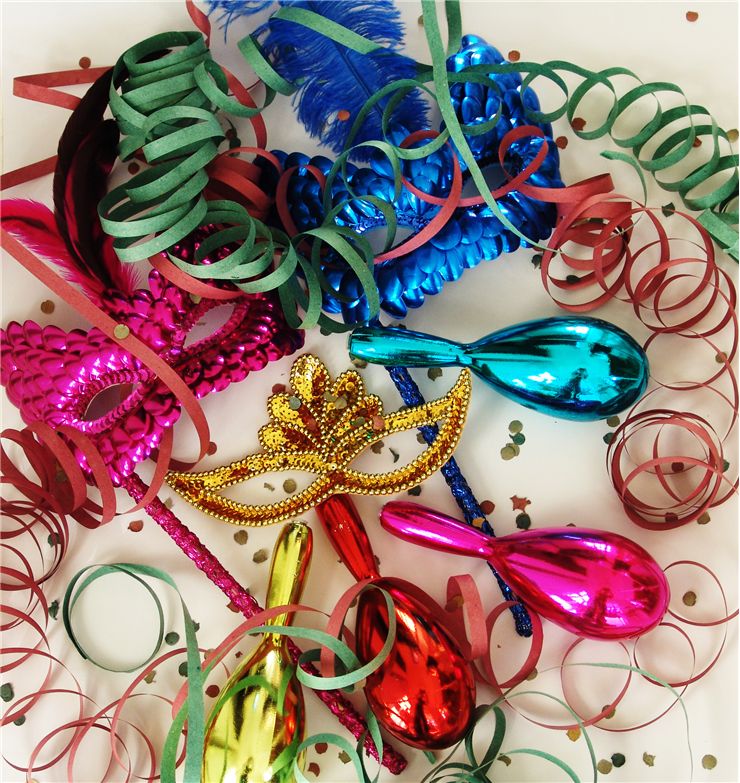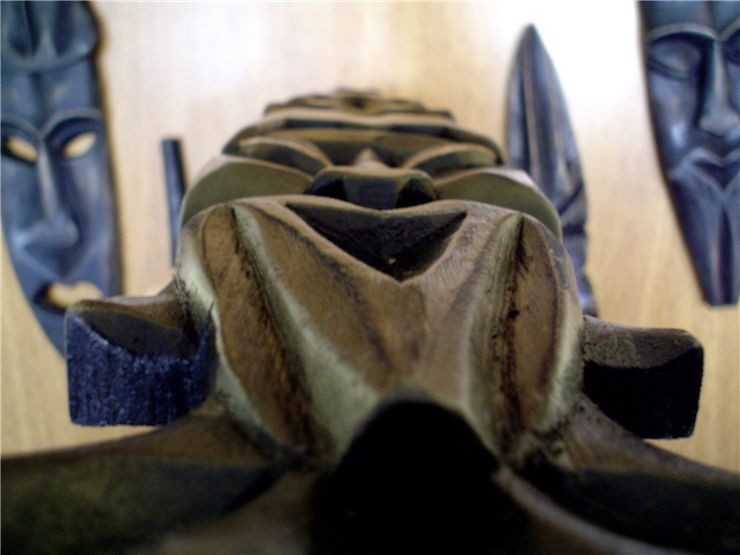Different Types of Masks
Mask are used for different reasons and can be divided into masks that are used for ritual reasons, for protection, disguise and entertainment.
Masks used for ritual reasons are probably the oldest. They appeared all over the world and, although they have similarities, they differ greatly. African masks are carved of wood and decorated, and represent ancestors, animals (real and mythical) or people they are intended to honor. They are used in tribal dance rituals for connecting with spirits of ancestors or totem animals. In Oceania, they are used during activities of tribal secret societies while 6-meter high masks are used as a protection of evil spirits. In North America, Inuit groups and woodland tribes use so-called “False faces” for shamanic rituals of healing. In Ancient Egypt mask were used as death masks that depicted face of a deceased one so the soul could recognize the body and return to it. Priests of Ancient Egypt also used masks that represented gods in rituals so they could embody their gods on Earth. In China, shamanic masks were used to thank the gods and as a protection from evil spirits. They were also used in ceremonies of wedding, birth and death.
Masks for entertainment are used in theatre, opera and during carnivals and celebrations. Theatric masks were used in Ancient Greece. They were made out of organic materials: wood, leather or cork and had brass megaphone, where the mouth is, that would amplify voice of the actors so it could be heard. Chinese masks for opera were panted with specific color code that was in connection with the attributes of the character. In Indonesia, Topeng dancers wear masks while they interpret stories with their dance. In Korea, masks were used in theatric plays that were sharp social commentary. Every year, Venice holds a Carnival that is characteristic by its masks. Venice masks originate from the time in which, to have basic human freedoms, you had to wear a mask. Now that masks are used for entertainment.

In some cases, it is difficult to draw a strict line between ritual use and use of masks in entertainment. Some theatric uses have a ritual as well and vice versa.
Good examples of masks for disguise are masks in the time of Republic of Venice. In that time, Venice had very strict class hierarchy. People tried to avoid it by wearing stylish masks and with them hide, not so mush their identity but their place in society and intermingle between classes. Today masks for disguise, beside for carnivals and parties, are used by the army for camouflage, by criminals while perpetrating a crime, by protesters and other.
Protective masks are used to protect face from physical danger. They were used on helmets of knights in wars and on police helmets with riot gears. Gas masks are used as a protection from dangerous gases. In medicine oxygen masks are used to deliver oxygen to the patients and surgical masks to prevent exchange of infections between a doctor and a patient. Many sports use protective masks like hockey, paintball and fencing.
Heavy, metal masks were, in the older times, used as a method of punishment and shaming.


